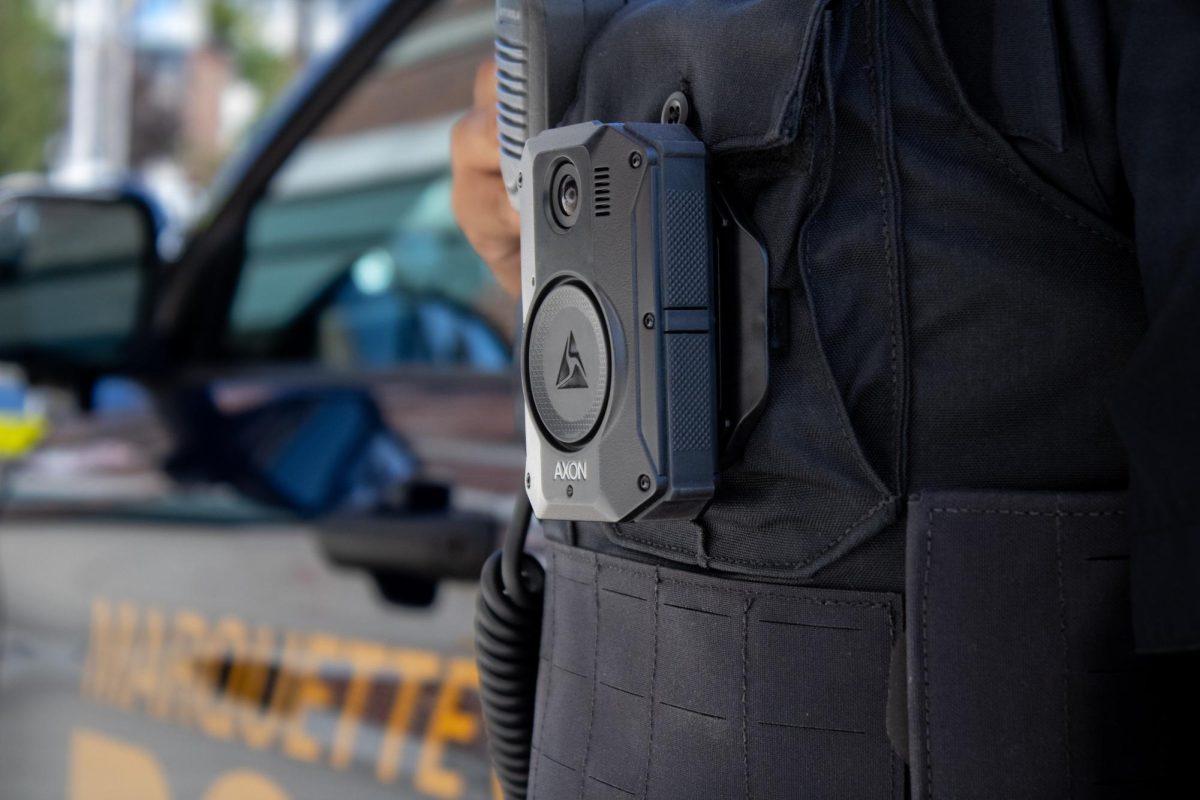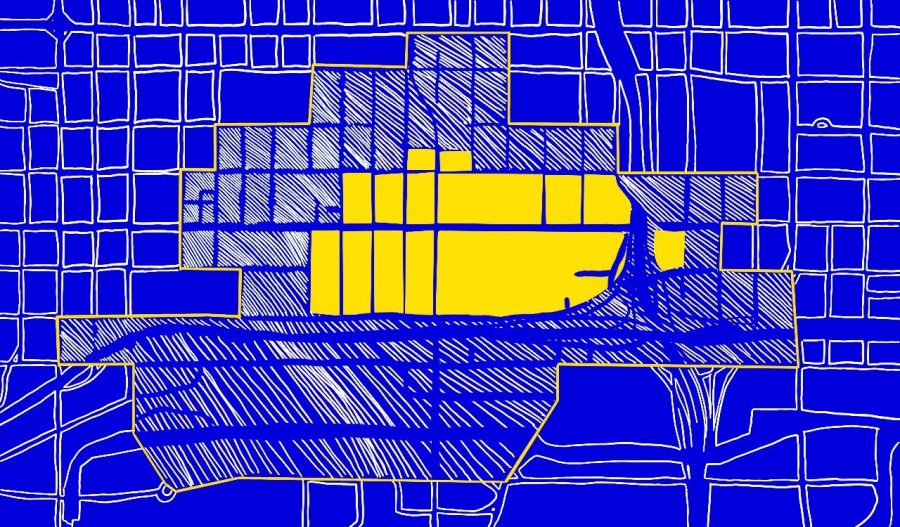The Marquette University Police Department does not have an employee solely dedicated to crime analytics, despite converting to a more sophisticated records management system in June 2016.
Capt. Katie Berigan said while MUPD does not have an official IT department or crime analyst, the department has multiple employees working with its data.
The two employees who handle crime analytics have other responsibilities as well.
“The two of us … wear lots of hats on the technology end of that. There are people who handle the stats. It’s one primary person, but sometimes she gets assistance from others,” she said. “There’s a primary person, but that’s not her only role.”
MUPD transitioned from a department of public safety to a police department in May 2015, taking on more responsibilities such as making its own arrests and recording its own data.
“Our previous (RMS) was the one that we’d had since we were a public safety department and really was best suited for not a police department,” Berigan said. “There were modules and functionality that just didn’t exist in it.”
Today, police are generating more data than ever, said Olga Semukhina, an associate professor of criminology. With body cameras becoming more commonplace in police departments, officers are constantly producing video, audio and GPS data. MUPD recently submitted a budget proposal to request funding for body cameras starting in 2019.
Semukhina said MUPD’s transition to a police department necessitated a change in data storage systems.
“(MUPD) became a police department recently, so they were required to change their database from something antiquated that they were using before to something more sophisticated,” Semukhina said. “Now, as sworn police officers, they have way more duties.”
She said crime analysts can be beneficial in handling data stored by police departments.
“You need to have some really good ways of searching it, and that’s where a crime analyst becomes handy,” Semukhina said. “Crime analysts are people who are kind of a hybrid between a computer scientist and a criminologist.”
Without certain features on MUPD’s previous system, Berigan said officers were sometimes required to store data on an Excel spreadsheet. She said the June 2016 transition to the department’s new RMS, called ProPhoenix, was a necessary step in MUPD’s development.
ProPhoenix is a company that provides software to store incidents, but does not house any data itself, Semukhina said. She compared it to Microsoft, which provides users with software systems like Word to record information.
“One of the biggest reasons (MUPD chose ProPhoenix) was that the majority of other agencies in southeast Wisconsin are using this, including the Sheriff’s Office,” Berigan said. “It came highly recommended because of that.”
Berigan said ProPhoenix also has a module specifically for Clery Act requirements, which mandates universities that utilize federal financial aid programs to disclose campus crime statistics. On top of this, she said ProPhoenix allows law enforcement agencies to share certain data points with one another.
Although the new RMS allows the department to handle an increase in data, Berigan said the department cannot access DPS data through the system. DPS data remains in the previous system.
“If you want to get both, you’ll have to connect with two different servers,” said Stephanie Sikinger, a crime and intelligence manager in the fusion division at the Milwaukee Police Department. “You kind of do yourself a disservice if you do it that way because it’s going to take more time.”
MUPD officers received training when the department switched to the new system, but Berigan said they are still learning.
“There’s been ongoing training since then because the system is very large,” Berigan said. “It’s so large sometimes you don’t know that you have what you have.”
Semukhina said the new challenges for police departments are storing data securely and using it to identify patterns. She said crime analysis previously ate up a lot of resources at police departments, requiring expensive computers.
“Nowadays, most of the software can be ran on a very average computer so you really don’t have to put a lot of cost down,” Semukhina said.
Although crime analysis software and equipment is more affordable than in past years, Semukhina said most people need the training to be able to sort through and critically assess the large amounts of data recorded by police departments.
“It’s not like a lot of preparation,” Semukhina said. “(Someone) can become a crime analyst after one year of master’s programs, so it’s not like it’s science.”
Sikinger joined MPD in 2012 when there were five analysts. MPD analysts work with Tiburon, another records management company that offers software to law enforcement agencies.
Now, she said the department employs a total of 16 crime analysts. Nine are tactical analysts in the fusion division, focusing on short-term trends. Seven work in the Office of Analysis Mapping and Planning, engaging in strategic analysis.
Sikinger said crime analysts must be able to pull together multiple pieces of data, synthesize it, analyze it and provide recommendations based on critical thought.
“We’re trying to make (officers’ jobs) easier. (They) have an entire city that (they’re) responsible for,” Sikinger said.
She said it is helpful to have crime analysts who can complete tasks in half the amount of time it might take a regular officer.
“While an officer or detective is out doing (interviews and finding suspects), there’s somebody behind-the-scenes giving you all that additional information,” Sikinger said. “It’s a very nice balance.”





